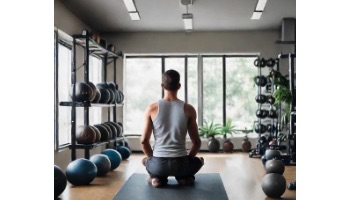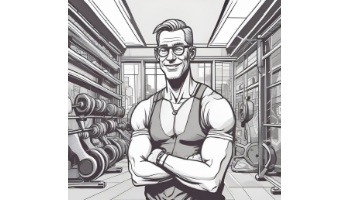Of all the joints in your body, there is something special about the shoulder. The socket portion of this ball-and-socket joint is located on the shoulder blade (a.k.a. scapula), and the shoulder blades move. They can glide, tilt, and rotate. This little anatomical trick is a big part of the reason your arms have such a large range of motion. But if the scapula get stuck, that advantage disappears and it can cause all kinds of problems.
The movements of the scapula are protraction, retraction, depression, elevation, upward rotation, and downward rotation. You can see them all in this 40 second video:
Scapular Movements Are Important When Exercising
You want your shoulder blades moving optimally because good mechanics are critical for strength, stability, and injury prevention.
Full upward rotation, for example, is necessary to get your arms above your head with proper strength and stability. Without it, everything from putting on a t-shirt to overhead pressing becomes more difficult, and may even be painful. Similarly, without good retraction you can’t get full engagement from some of your largest back muscles, like the traps and rhomboids, which leads to less pulling power and slouchy looking posture.
Related: The Key To Overhead Work
Stuck Scapula? Here’s What To Do
Movement impairments of the scapula are very common. If you’ve spent any appreciable amount of time in your life sitting (that’s all of us), then you could probably use a tune up. First of all, if you have pain see your doctor (to rule out anything serious) and get help from a physical therapist if you need it. If you are pain free then it’s time to ensure you stay that way. Start paying attention in your exercise to what your shoulder blades are doing. For example, do you know How To Do A Seated Row? You’ll be surprised at how much is going on with this and many other exercises. A good coach or personal trainer is invaluable here, if you have the option. If not, do some more research on the fundamentals of form—you may just find it fascinating!


